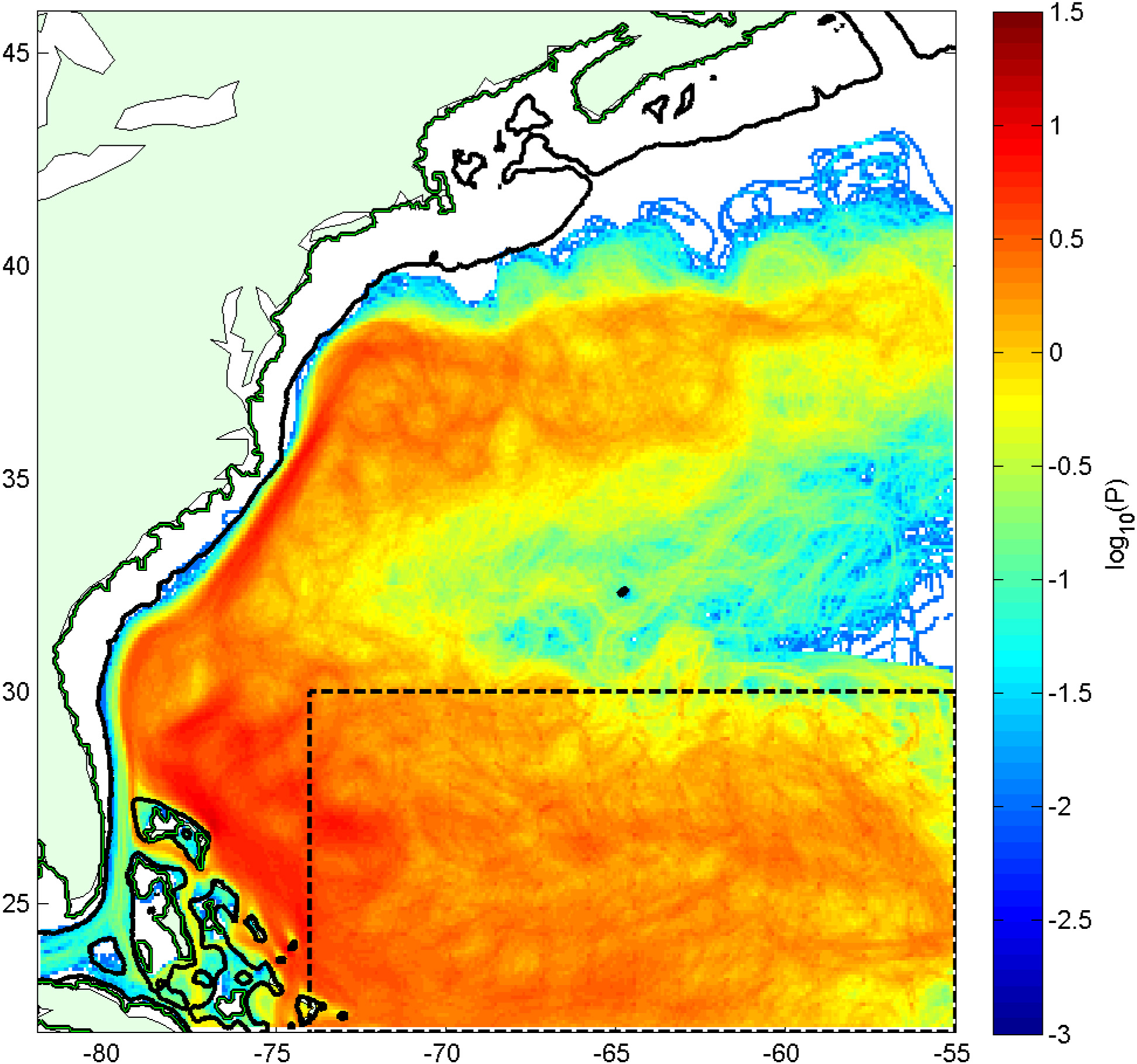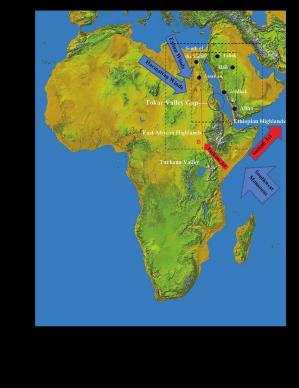Research
Applications of Chaos Theory in the Ocean
Mixing is an important consideration in the understanding of how properties such as heat and oxygen are transferred down from the ocean surface, or how nutrients are brought up from depth. Harmful algal blooms can be locked to such processes. In work with colleagues Irina Rypina and Tamay Ozgokmen, I use chaos theory to try to understand these processes as they might act in an ocean eddy.
Deep Circulation, Overflows, and Canyon Flows
The ocean is naturally divided into deep basins and there are currents of dense water that flow around and between them.
Biophysical Modeling
Most fish and benthic-associated invertebrates use a reproductive strategy involving the spawning of hundreds to millions of eggs that hatch into small and vulnerable planktonic larvae.
Atmospheric and Climate Research
Northwest Africa and Arabia are home to a variety of fascinating atmospheric phenomena that have strong climatic and socio-economic consequences. These include the summer Monsoon, mesoscale convective complexes, wind jets and dust storms.

![Fig.I4a [Converted] Locations of Major sills in North Atlantic Ocean](https://www2.whoi.edu/staff/lpratt/wp-content/uploads/sites/120/2019/06/Fig.I4a_133297.jpg)

